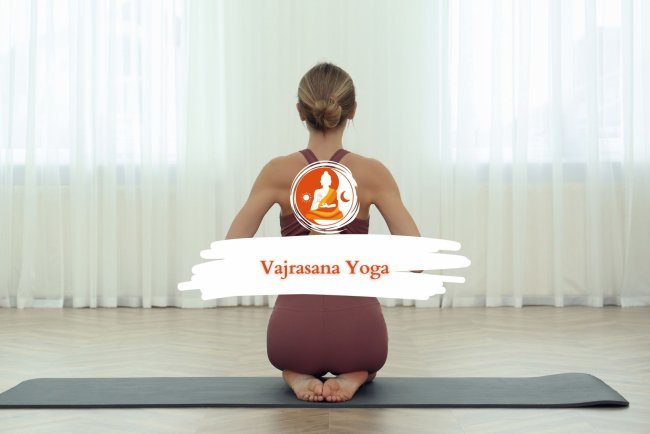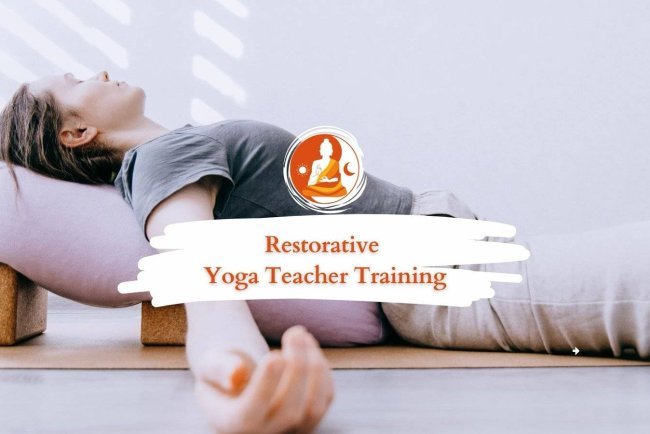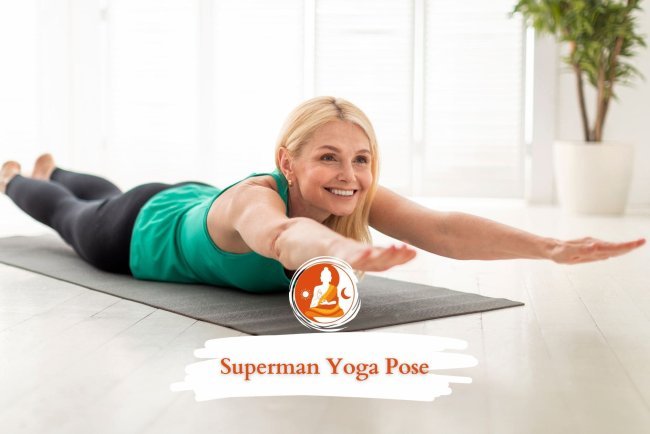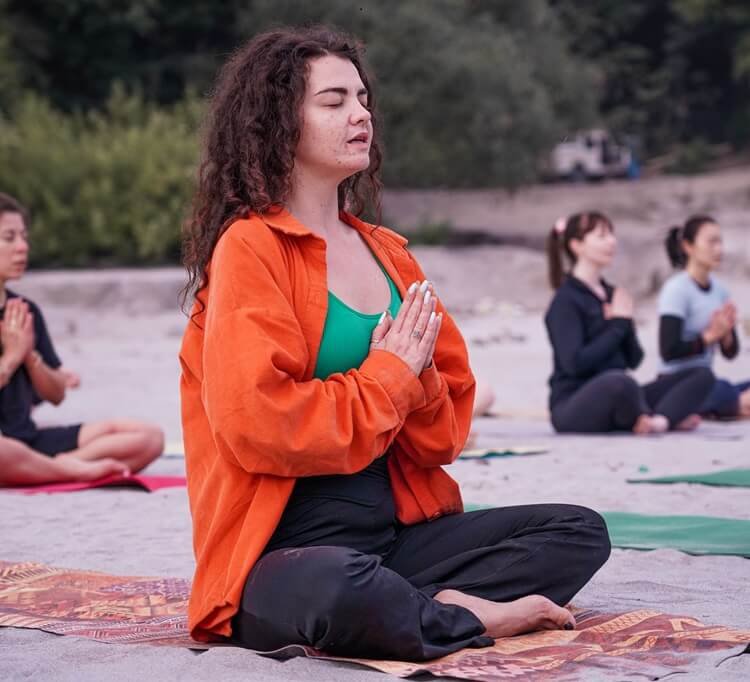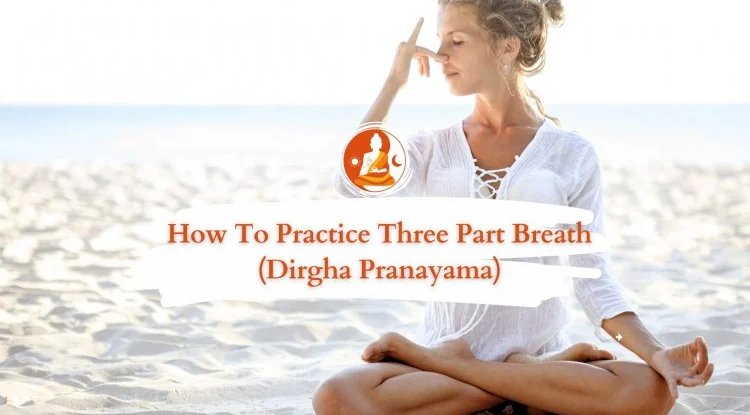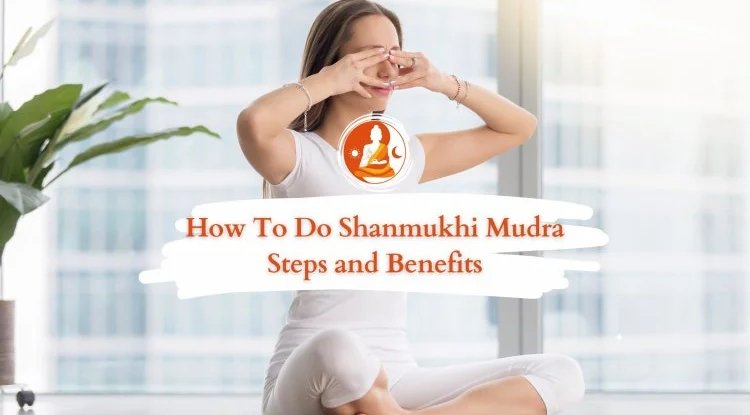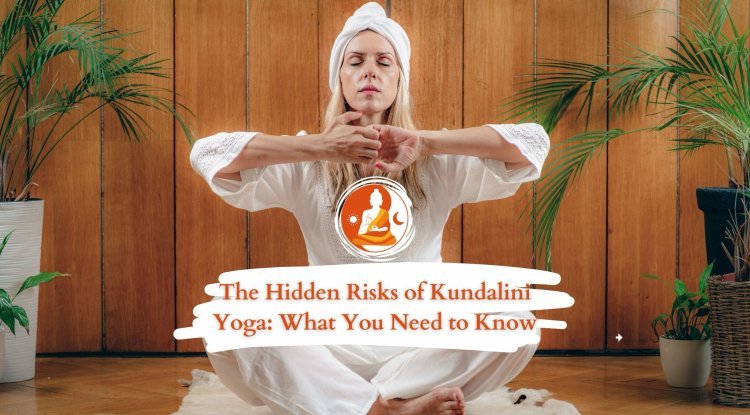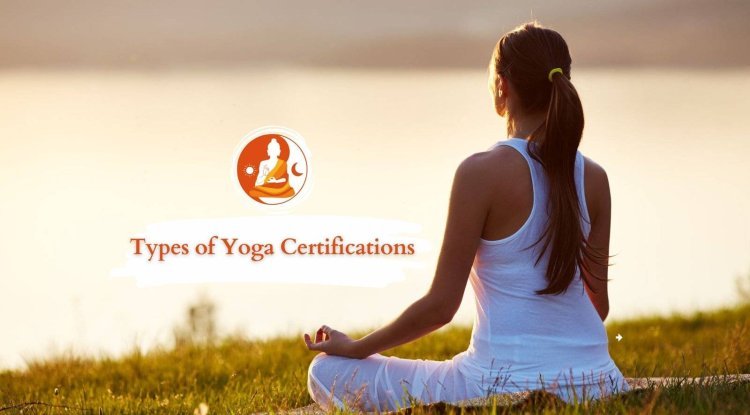10 Yoga Poses for Two People: Strengthening Bonds Through Shared Practice

Explore beyond your solitary practice of Yoga to bond with other like-inclined yogis! Being more than just stretches, and yoga poses for two people allows a golden opportunity to deepen your connection through mutual trust, teamwork, and fun. There are numerous quality yoga school teacher training courses in Rishikesh, India to help you through your yogic journey.
If you are craving some real "we too" time with your special someone, then why not try doing yoga together instead of the traditional dinner date? Indeed it's a super cool way to stretch and laugh together and challenge oneself along with.
It takes good communication, cooperation, and finding your sense of balance, thus fostering a great way to deepen your connection with someone special. So, are you ready to hit the mat with someone special? Here are ten awesome and beginner-friendly easy yoga poses for two people to try as a twosome!
Exploring the 10 Yoga Poses With 2 people
Here are ten fun and accessible yoga poses with two people that you can try out with your partner.
1. Seated Cat and Cow

How to do:
- Sit back-to-back with your partner, with legs crossed comfortably.
- Place your hands on your knees.
- Inhale then bend backward, lifting the chests while opening. Cow Pose.
- Exhale around the backup and tuck your chin into your chest. Cat Pose.
- Inhale and exhale in sync with each other for 5-10 cycles.
Benefits:
The Seated cat-cow yoga poses for couples:
- Helps to increase spinal flexibility.
- Creativity adds to synchronized breathing and movement.
- Deepens further bonding with synchronized flow.
2. Double Downward dog

How to do:
- The first needs to start with a Downward-Facing Dog.
- The second has to stand facing away from the feet of the first partner.
- The second partner places his hands on the floor and walks his feet up the back of the first partner into a downward-facing dog.
- Now Hold for 5-7 breaths.
- Switch positions
Benefits:
- Helps stretch the shoulders, hamstrings, calves, and arches
- Adds strength to the upper body
- Helps build mutual trust and balance
3. Partner Forward Fold

How to do it:
- Sit facing each other, stretch out your legs, and the soles of your feet touch together.
- Hold each other's hands or wrists.
- One leans forward slightly, tugging gently while the other leans back.
- Hold for 5-7 breaths, then reverse.
Benefits
- Stretches hamstrings and lower back
- Helps improve communication and trust
- Needs to be a more subtle and supportive stretch.
4. Double Boat Pose

How to do it:
- Sit with your face to each other and bent knees. Your toes are touching.
- Hold hands with each other.
- Lift the feet from the ground while extending your shins up parallel to the floor.
- Extend your legs as you continue to keep the soles of the feet glued together and balance on your seat bones
- Hold for 5-7 breaths, looking into each other's eyes as the sensation deepens.
Benefits:
- Activates the core and hip flexor
- Strengthens the core and hip flexor
- Holds elements of play and playfulness in the practice
5. Partner Tree Pose

How to do it:
- Stand side by side with your partner, facing in the same direction (about 1-2 feet apart).
- Raise your arms up overhead, palming hands with each other or forearms if you have a height difference.
- Choose one leg to raise; it's the same leg for the two of you if you're not doing anything more challenging and the opposite for that added challenge.
- Bend your standing leg slightly. Lay the sole of your lifted foot on the inner thigh or calf but not on the knee.
- Now your balance, and the. fix your gaze on a point straight in front of you, then steady yourself.
- Hold for 5-7 breaths and then swap legs and repeat what you just did.
- Benefits Improvise balance & coordination.
- Strengthens the hips & ankles through raised leg positions.
- Builds a feeling of trust & reliance by utilizing each other for balance.
6. Double Plank

How to do It:
- The first teammate needs to begin in a high plank position with hands, shoulder-width apart and core engaged.
- The second partner should lie face-down on the mat, placing his forearms directly under the shoulders of the first partner.
- The second partner then must press into the forearms and lift his chest off the mat to make a low plank position.
- Now, keep a straight line with your body from head to heels.
- Hold for 5-7 breaths, as you get into the feeling of connection and core engagement.
- Benefits
- Aids Develop upper torso & midsection.
- Enhances balance & stability
- Aids Increases teamwork & communication
7. Twin Warrior II

How to do It:
- Stand side by with your training partner, while facing the same direction-about 3 feet apart.
- Take a large step backward with one leg for both of you (both left legs back or both right legs back).
- Bend your front knee into a 90-degree angle, with your front foot flat on the ground.
- Raise your back leg out behind you as much as possible. Keep the heel digging into the ground
- Push up with straight arms from shoulder height, reaching away from you. Extend your arms so your palms meet in front of you, also out to the sides, parallel to the ground
- Keep the torso upright.
- Hold for 5-7 breaths. Feel the strength now
- Repeat on the opposite side.
- Benefits
- Increases strength in legs.
- Helps develop balance with one leg standing and engagement of the core.
- Adding more flexibility to the chest and shoulders.
8. Supported Fish Pose
How to Do It:
- You have to sit down on your mat with outstretched legs in front of you.
- Now put a yoga block behind you, and while being placed at the bottom of your shoulder blades.
- Slowly lower yourself back. Resting your head and neck on the support block.
- Legs extended forward of your body. Relax your feet: point or curl them.
- You have two choices.
- Option 1: Let your arms dangle, hinged at the sides of your body. Palms face the ceiling.
- You can carry your arms up overhead. Stretch forward, toward the floor. Keep your palms and upper arms parallel to one another.
- Now, with tenderness, hunch your shoulder blades down as you expand your chest.
- Then take a deep breath in and with each exhalation, allow the aspect of stress to unwind as you open out your chest.
- If you feel relaxed enough, tilt your head back just a little bit. Allow your neck then to stretch
- Hold for 5-10 breaths or as long as you are able to relax.
Benefits
- The Supported Fish Pose stretches the chest and shoulder muscles gently while also improving flexibility and posture.
- It also makes a person let go of tension and relax within himself by arching the back softly and supporting the head and neck.
- This pose allows deeper and very relaxed breaths due to its reclined position and open chest under the Supported Fish Pose.
9. Back-to-Back Chair Pose

How to do It:
- Stand behind your partner; link the arms to each other in a safe manner.
- Slowly take your feet out so that your knees bend to 90 degrees and come into a chair pose position.
- Hold for five to seven breaths and balance together.
- Slowly stand up together.
Benefits
- It helps strengthen your legs
- It strengthens your core stability
- Increases your balance and coordination
10. Double Child's Pose

How to do It:
- Kneel with your partner facing each other, toes touching.
- The first one puts his arms in front of him and lowers into Child's Pose.
- The second person puts his hands lightly on the other person's lower back, stretching lightly.
- Hold for 5-7 breaths, focusing on connection and relaxation.
- Switch over and do it again.
Benefits
- Lengthens hips, thighs, and back.
- Promotes a sense of calm and reduction of anxiety.
- It brings an emotion of being held and bonded.
Benefits of Performing Couples Yoga
Couples yoga is a beautiful way to deepen your connection while improving physical and mental well-being. By practicing yoga together, partners can enhance trust, communication, and intimacy. Here are some of the key benefits of couples yoga:
- Strengthens Communication – Partner yoga requires clear verbal and non-verbal communication. As you move through poses together, you learn to listen, adjust, and support each other, improving overall relationship dynamics.
- Builds Trust and Connection – Many couples yoga poses involve leaning on and balancing with your partner. This encourages trust and fosters a deeper emotional bond, helping both partners feel more connected.
- Enhances Intimacy and Affection – Yoga helps release stress and tension while increasing the production of feel-good hormones like oxytocin, which strengthens emotional intimacy and physical affection between partners.
- Encourages Mindfulness and Presence – Practicing yoga as a couple encourages both partners to be present in the moment. This mindfulness can help improve patience, understanding, and appreciation for each other.
- Improves Flexibility and Strength Together – Couples yoga challenges both partners to stretch and strengthen their bodies. The shared experience of improving physical health can be motivating and inspiring.
- Reduces Stress and Enhances Relaxation – Yoga is known for its stress-relieving benefits. Practicing with a partner creates a supportive space where both individuals can release tension and relax together.
- Adds Fun and Playfulness to the Relationship – Trying new poses and supporting each other can bring laughter and playfulness, making couples yoga a fun and lighthearted experience.
By incorporating couples yoga into your routine, you not only boost your physical health but also nurture a stronger, more harmonious relationship.
In The End
These ten poses are a perfect go-to for any couple; may one be a seasoned yoga master or a complete newbie and can be mastered at good yoga teacher training schools in Rishikesh, India.
People Also May Ask!
A. These 2 person yoga poses are designed for all levels (even if you haven't the faintest idea what a downward-facing dog is!) You'll probably laugh more than you actually bend and that is absolutely okay!
A. Sure, in yoga poses for two people, there would be some danger of a small fall sometimes or other. At least in the initial stages. All you have to do is not take yourself seriously. Perhaps, you may at best provide a soft mat to cushion in case of any sideway bobble.
A. Absolutely! Doing yoga poses for two people in sync with your partner is a great way to connect with your better half. It will also develop your communication skills, as you'll have to chat with each other to figure out the poses.
A. Look for poses that encourage supported stretches, gentle balancing, and seated positions. Some yoga poses for 2 beginners that can work well include Seated Forward Fold (partner variation), Double Downward-Facing Dog, and Seated Spinal Twist (partner variation).
A. Once you feel ready to proceed with the fundamentals, you are ready to drill deeper into poses such as Flying Boat Pose, Supported Handstand (with the support of a partner), and AcroYoga (that always requires the proper training and guidance).
A. Not necessarily. A comfortable yoga mat is fine. However, a large beach towel or even a carpeted area works just as fine. For some poses, yoga blocks or straps might be the only way to get the added support or flexibility.
A. Partner yoga is a total weight support of each other and works on different groups of muscles compared to individual yoga. Also, in some postures, balancing needs to be performed with the inner abdominal strength.
A. Even though partner yoga might be a bit challenging, the secret lies in communication. There is a chance that minor adjustments might be needed for a particular pose, and so forth, to determine what works better for the other. You will also discover yoga poses for couples that are adjusted according to the differences in their heights.
What's Your Reaction?







